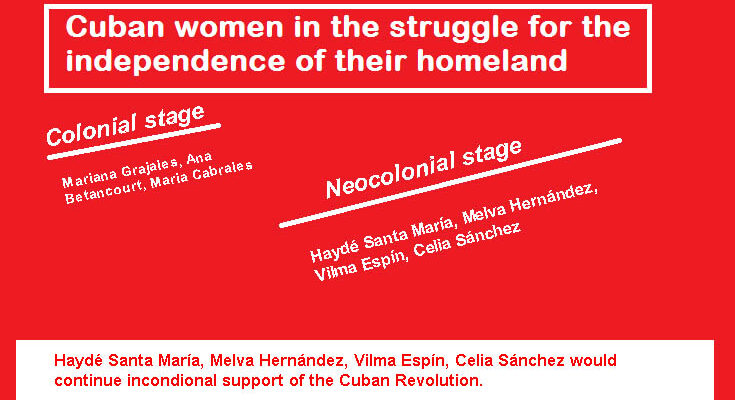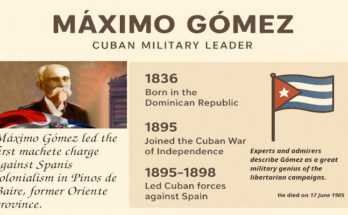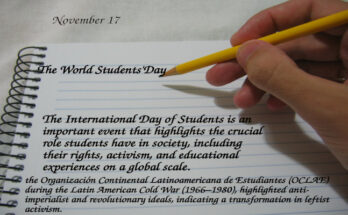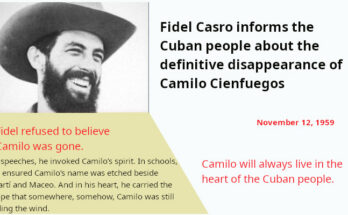The development achieved in Cuban society and history has always relied on the active participation of women, who saw the need to fight for their emancipation before January 1, 1959, and for women’s empowerment even in revolutionary Cuba.
During the colonial period of Cuba, it is essential to mention the presence of women in the wars of the time. Ana Betancourt, a mambisa from the province of Camagüey, spoke out in defense of women’s rights and played a direct role in the struggle for the island’s freedom. Mariana Grajales, mother of the Maceos, in addition to urging her children to liberate the oppressed homeland, was on the battlefield in unconditional support of the revolutionary cause. Bernarda Toro Peregrín, Ana Betancourt, María Cabrales, and Adriana del Castillo, highlighting their status as mothers and wives, their entry into the jungle, and the role they played as nurses or “curanderas,” particularly Adriana del Castillo’s revolutionary work.
In the Little War, their participation and the formation of revolutionary clubs in exile and in Cuba are highlighted. In the Necessary War of 1895, the participation of Mercedes Sirvén, María Luisa Mendive, Magdalena Peñalver, Adela Azcuy, Isabel Rubio, and Marta Abreu, who were on the battlefield as active participants in the insurrection, are particularly noteworthy.
During the neocolonial period, Sarah Pascual stood out with her participation as a professor at the José Martí Popular University and the organization of the First National Women’s Congress. It is notable that the issues related to the exploitation of working-class women were not addressed, ignoring the fact that middle-class women were represented there, and their statements and concerns were in line with this.
Already in the last decade of the struggle, Haydée Santamaría and Melba Hernández stood out for their participation in the assault on the Moncada Barracks. In the subsequent underground phase, supporting the Rebel Army in the Sierra Maestra under Fidel Castro’s command, it is worth highlighting the participation of Vilma Espín, who was coordinator of the 26th of July Movement in the province of Oriente.
Celia Sánchez, a heroine of the fight for Cuban freedom, climbed the Sierra Maestra to join Fidel Castro in 1957, accompanied by Haydée and Vilma to coordinate actions. However, Haydée Santamaría and Melba Hernández, Vilma Espín and Celia Sánchez, once the revolutionary triumph of January 1, 1959, would continue their active participation in the Revolution in power.
Related articles
Women’s Involvement in contemporary Cuban Society
Cuban Women’s Participation in Sports
Resilience and Impact of Cuban Women in Volleyball




